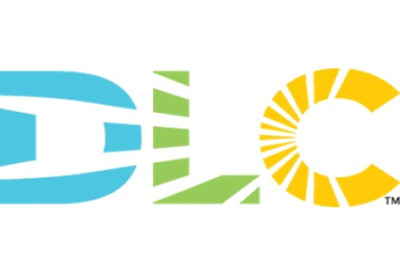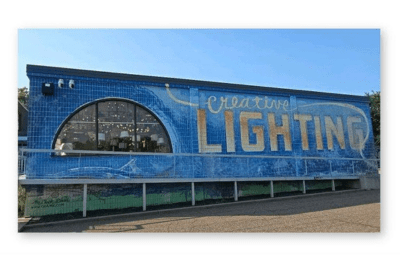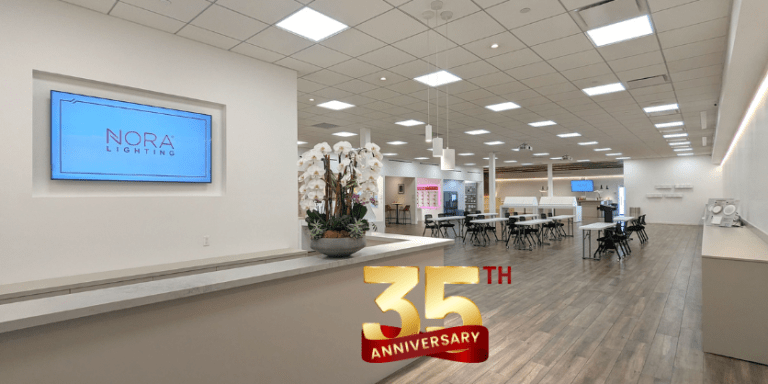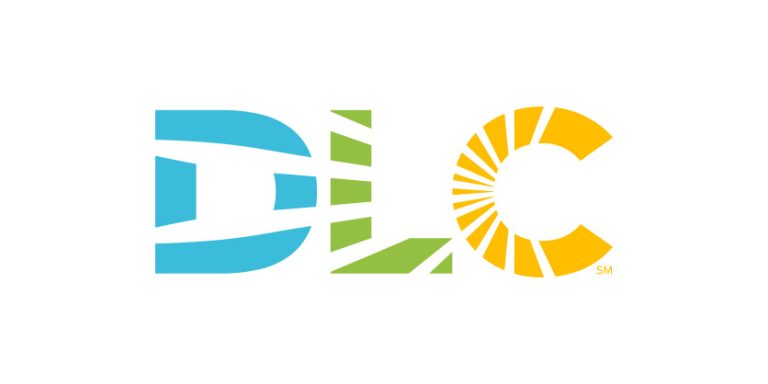All Eyes on the Sky
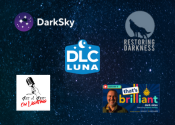
With all of the attention increasingly being paid to the Dark Sky movement and the global effort to curb light pollution, specifiers and distributors should be ready with applicable products for customers and clients who require them for code compliance.
People in the lighting industry have been discussing the importance of Dark Skies for more than 50 years, when environmentalists became more vocal about the detrimental effect of light pollution on wildlife as the world’s population grew exponentially.
In 1972, the landmark paper “Light Pollution: Outdoor Lighting is a Growing Environmental Problem” by David L. Crawford was published in the Science journal, and by 1988, the International Dark-Sky Association (IDA) was founded as a non-profit organization dedicated to combating light pollution. (Just recently, the IDA rebranded itself as DarkSky.)
Over the ensuing decades, IDA/DarkSky has raised awareness of the problem, promoted Dark Sky-friendly lighting practices, and has advocated for legislation and policies to mitigate light pollution. In fact, DarkSky has chapters and affiliated organizations in various countries all over the world.
For years, lighting manufacturers have produced Dark Sky-friendly lighting fixtures – whereas the light source is shielded from view – but with each state, region, or even municipality having different requirements, it has been frustrating for factories to try to design an attractive fixture that would meet regulation universally. For example, some regions of the country may permit the use of side-emitting light fixtures for applications such as pathway lighting or as architectural accents, while neighboring towns or states may not. In addition, restrictions on light output, color temperature, and allowable light levels vary depending on the local government codes or state legislation.
With the advent of LED adoption – in commercial signage, industrial lighting, street lighting, and even residential security applications – concern over light pollution’s effect on nocturnal animals such as bats and owls as well as migratory birds, sea turtles and marine life, plus plants has reached a fever pitch.
The National Association of Innovative Lighting Distributors (NAILD) launched the Lighting and Darkness Foundation, a 501(c)(3) organization aimed at addressing the harm caused by light pollution.
Led by NAILD’s board and focusing on practical solutions, the Foundation aims to develop a comprehensive industry framework for light pollution abatement. A key component of this initiative involves the creation of educational programs designed to certify frontline industry practitioners. These comprehensive certificate courses will include modules that underscore the importance of Darkness Restoration and offer practical guidance on best practices for addressing light pollution.
To further amplify the message, the Restoring Darkness Podcast (formerly Starving for Darkness), will be revamped and enhanced into an online video show which will be streamed every other week spreading awareness among environmental advocates, politicians, policy makers, the lighting industry and the wider public. Additionally, the Foundation is committed to funding and launching academic research projects aimed at investigating the impact of outdoor electric light at night on both human health and the environment.
According to Leora Radetsky, Senior Lighting Scientist at DesignLights Consortium (DLC) and newly appointed LUNA Program Director, LUNA Program Director, the DLC has quite a few resources on energy efficient lighting that minimizes light pollution. There is the LUNA V1 Technical Requirements and a LUNA Qualified Products List (All LUNA qualified products are V5.1 qualified, and thus are eligible for local outdoor lighting rebates). Plus, DLC has many resources for local government including a dark sky ordinance map, a sample ordinance/bylaw and many digital and webinar resources. Furthermore, DLC has also published peer-reviewed research and other whitepapers proposing a specification framework for non-white LED lighting.
On the residential side of the industry, the American Lighting Association (ALA) has also addressed the topic for its core audience of consumer-facing lighting showrooms and manufacturers. Episode Five of the association’s “That’s Brilliant” podcast series is devoted to Dark Sky Lighting with featured guest Ruskin Hartley, executive director of DarkSky (formerly IDA). The podcast conversation serves as a primer for showrooms when talking about outdoor lighting with their consumer, builder, and designer customers.
Overall, the world’s population is reportedly growing at a rate of approximately 1.05% per year on average. According to the United Nations’ “World Population Prospects 2019” report, the global population is projected to reach 9.7 billion by 2050 and 10.9 billion by 2100. That estimated growth will bring an expansion of communities and infrastructure — all of which will require lighting, further compounding the light pollution problem. Therefore, the need for standardized Dark Sky guidelines has never been greater.


